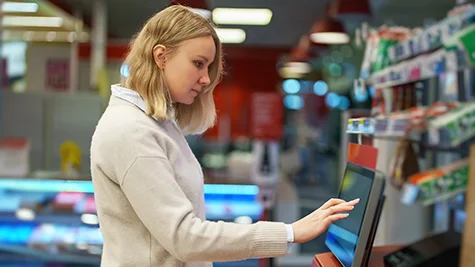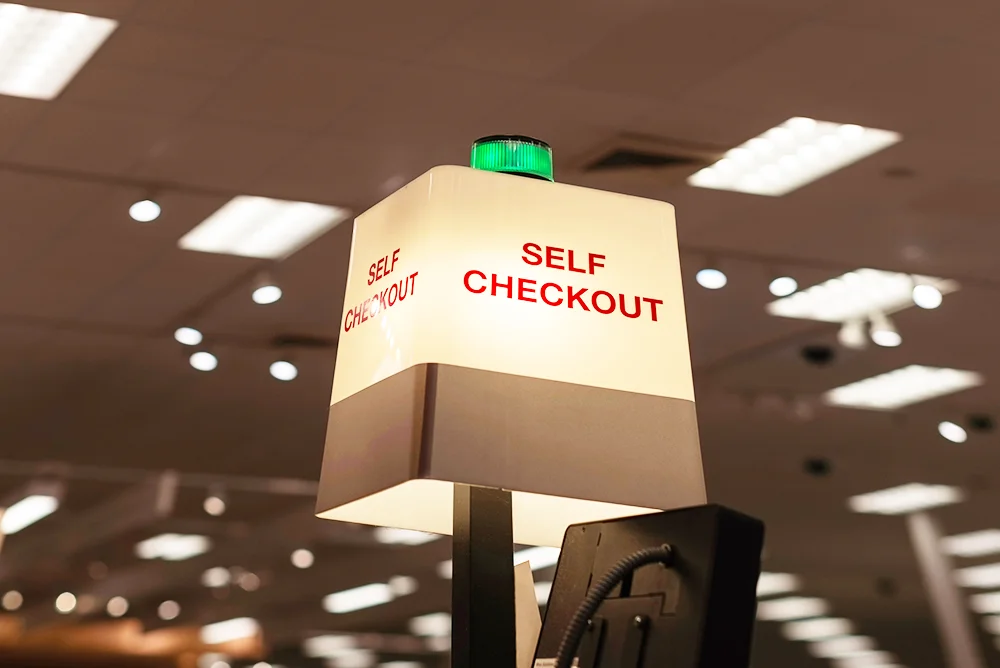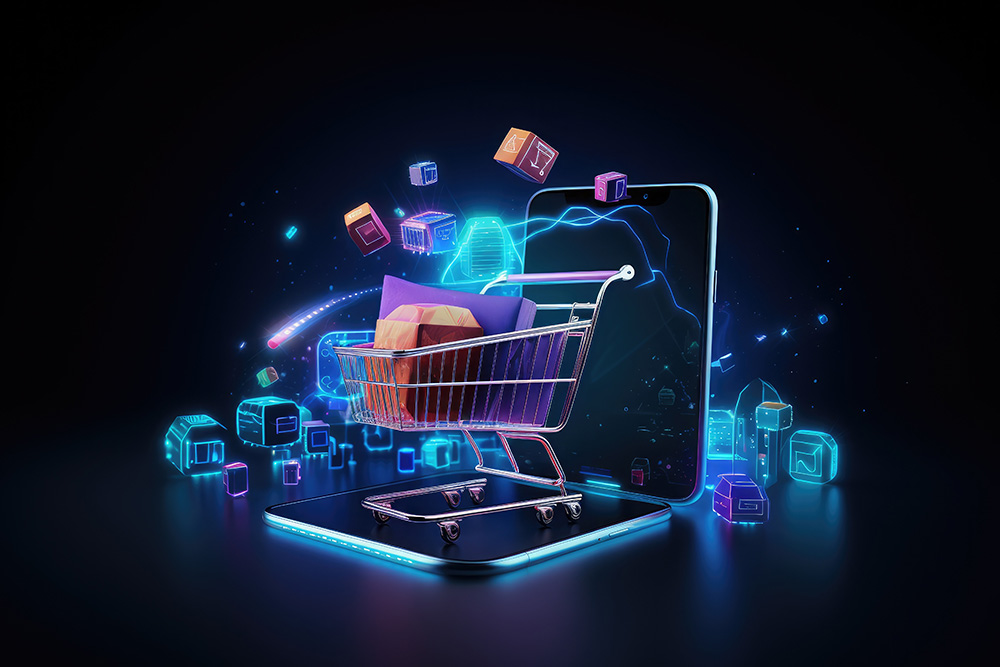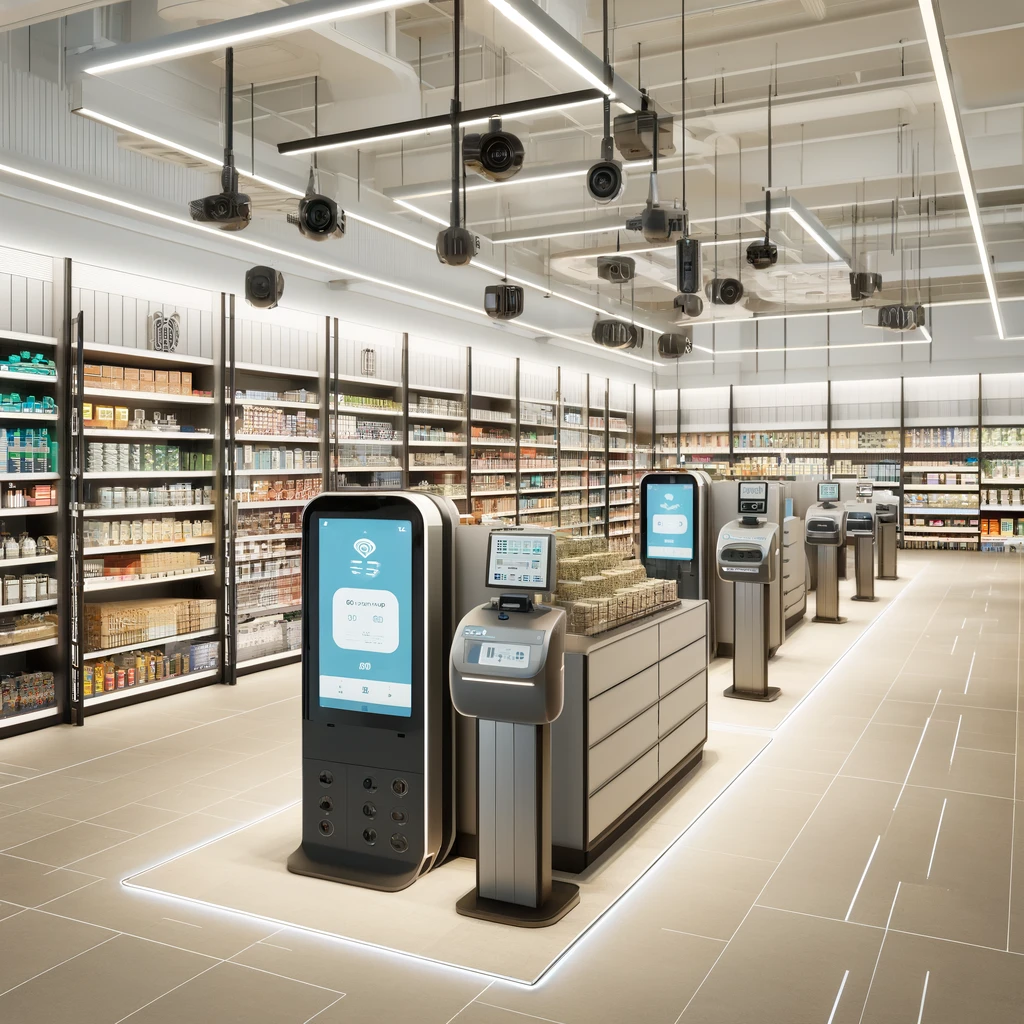In 2022, retail stores experienced $112.1 billion in inventory losses, or “shrink,” up from $93.9 billion in 2021. While theft (both internal and external) remains the primary source of shrink, significant losses can also be attributed to corporate mismanagement, such as inventory, process, and control errors. Efforts to combat shrink, however, are hampered by the counterpull of retail’s other challenge: customer retention.
Historically, retail innovation has often helped to address either retention or shrink, but rarely both. In many cases, efforts to address one actually have a deteriorating effect on the other. However, with new advancements in artificial intelligence—and computer vision specifically— retailers have a new tool in their toolbelt that addresses both challenges simultaneously.
A history of conflict: Balancing customer retention and shrink
As consumers increasingly prioritize convenience and speed in a world dominated by the online convenience of Amazon and other online giants, brick-and-mortar retailers often struggle to strike a balance between providing a seamless, efficient, and comfortable customer experience while protecting their inventory from losses. This is particularly true for pharmacies, groceries, department stores, and mass merchandisers, which experience the most shrink of all retail segments, while simultaneously having the highest variety and volumes of inventory to manage.
For years, retailers have attempted to combat these two conflicting needs, only to find that efforts to address one often negatively impacts the other. For example, as high-theft inventory is placed behind locks, customers cannot quickly get what they need and go, increasing the risk they may decide to shop elsewhere. Conversely, as retailers are pressured to deliver customer experiences on par with what e-commerce giants like Amazon provide—speedy, efficient, personalized, and integrated with technology—stores installed self check-out options, only to experience an unexpected uptick in shrink as a result.
Indeed, some experts estimate theft at self-checkout to be 5 times higher, while one loss prevention company’s research found that 39% of all theft within grocery stores occurred at self-checkout. In fact, in recent weeks, major retailers such as Walmart, Costco, Dollar General, Target, Booths, Wegmans, and more have all announced decisions to either pull back on, rethink, or place restrictions on self-checkout due to shrink.
As this trend in self-checkout demonstrates, the balance between a pleasant, convenient customer experience and efforts to combat shrink are often at odds.
The search for advanced technologies
Retailers have tried to solve the shrink problem using many different approaches, including investments in personnel, budgets, technologies and other resources. One approach gaining momentum that can both reduce shrink and improve the customer experience is to implement systems designed with computer vision and artificial intelligence (AI). According to the NRF Security Survey, 52% of retailers are increasing funds allocated to technology and software solutions. And while only 3% have fully implemented computer vision with AI solutions, 40% are researching, piloting, or currently implementing technologies that implement facial recognition or feature-matching.
By being able to quickly identify and track large product catalogs, these systems can watch items at checkout or improve inventory management as items progress from receiving bays to stockrooms to shelves to carts, and prompt reinforcement of good behaviors (reminders to pay or scan), or alert authorities about bad behaviors.
What is advanced computer vision and why is it attractive to retailers?
Systems that use advanced computer vision apply AI to real-world images or video streams to extract meaningful, contextual information. In the case of retailers, this can be used in a wide variety of ways, from fast and accurate product identification to analyzing consumer movements and behavior.
Computer vision has the unique ability to bridge the conflict between customer retention and combating shrink. Unlike most solutions devoted to limiting loss, computer vision is typically non-intrusive to the customer experience, while offering more reliable, faster, and more accurate service than humans performing the same tasks. By embedding computer vision into new retail solutions, retail innovators can both break down the barriers between digital and physical touchpoints to give consumers the convenience and speed they seek, while reducing loss from theft and missed scans.
The best systems will be highly accurate, at speed, and effective at instantly and accurately identifying products – for themselves and for their customers in even the largest, most complex retail environments, with real-world lighting and busy conditions. In addition to helping retailers detect, deter, and mitigate against shrink, these systems also allow retailers opportunities such as (but not limited to):
- Provide real-time information about the status of products in the store for inventory management and ensuring shelves are properly stocked.
- Improve customer service by showing current inventory, leading customers to where they can find the product, and making recommendations for similar products.
- Provide data that can be collected, analyzed for trends, and correlated with other data, such as shifts, employees, geographies, and more.
- Keep large, ever-changing product catalogs always updated, and always accurate.
- Scale to support hundreds of thousands of products at speed.
- Build customized, personalized experiences for customers that rival online experiences offered by e-commerce retailers such as Amazon.
Concrete use cases for computer vision
Advanced computer vision can be a key component for retail technology systems that help reduce shrink and automate, speed up, or increase the reliability of retail operations.
Examples include:
- Self checkout – Self-checkout gives customers a faster and more convenient shopping experience while allowing retailers to free up staff members for other work. AI computer vision can streamline the checkout process, reducing wait times, enhancing customer satisfaction, and preventing shrink (both accidental and purposeful). It achieves this by quickly identifying products and processing transactions efficiently.
- Smart checkout – Smart checkout eliminates the need to go through physical checkout lines and includes solutions such as scanning and vision technologies integrated into shopping carts, baskets, or on a handheld device.
- Hybrid physical and smart checkout – This approach uses technology embedded in shopping carts, baskets, or handheld devices to record or scan the items the customer decides to purchase, but then finalizes payment at a physical checkout line.
- Cashierless / Automated Grab and Go – Automated walkout stores, like Amazon Go, allow customers to enter the store, take what they need, and leave without needing to interact with anyone for checkout or scan individual items. Customers are charged for their purchases via the method set up in their online account. Computer vision, AI, sensors, smartphones, and geofencing are some of the many technologies used to operate these stores.
- Smart shelves – Smart shelving systems are useful for several purposes in addition to providing real-time visibility to in-store and on-shelf availability. They also offer the ability to support dynamic pricing, advertising, and personalized messaging. These systems typically include advanced computer vision, weight sensors, LCD displays, and AI.
- Inventory management systems – Smart inventory management systems use advanced computer vision, software, tagging, and other technologies to eliminate the reliance on humans to count inventory, reduce the time needed to search for products, detect suspicious behaviors, and track inventory levels and products on shelves in real-time.
- Analytics and optimization of store layout, product placement and overall design – With all the data collected by various systems, including computer vision systems, retailers can now use analytics and AI to gain new insights into customer behaviors, enabling them to optimize store layouts and product placements, and offer a more personalized shopping experience that can rival online competitors.
This is just the beginning of the journey for retailers and advanced computer vision. Join us in future blog posts as we continue to discuss the challenges retailers face, how advanced computer vision can help, and what it takes for retailers to be successful in today’s competitive landscape.




